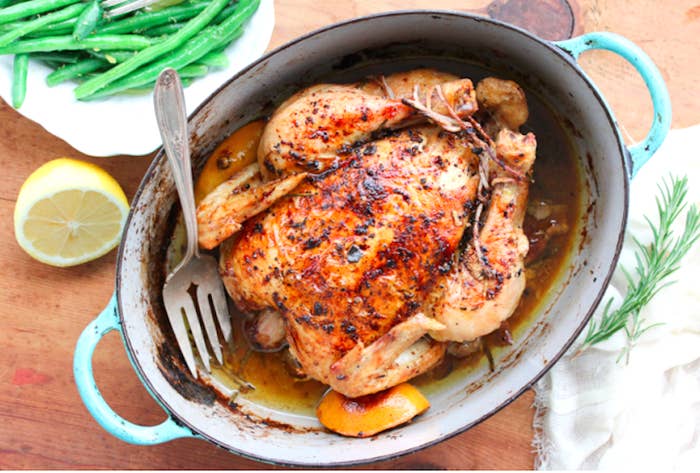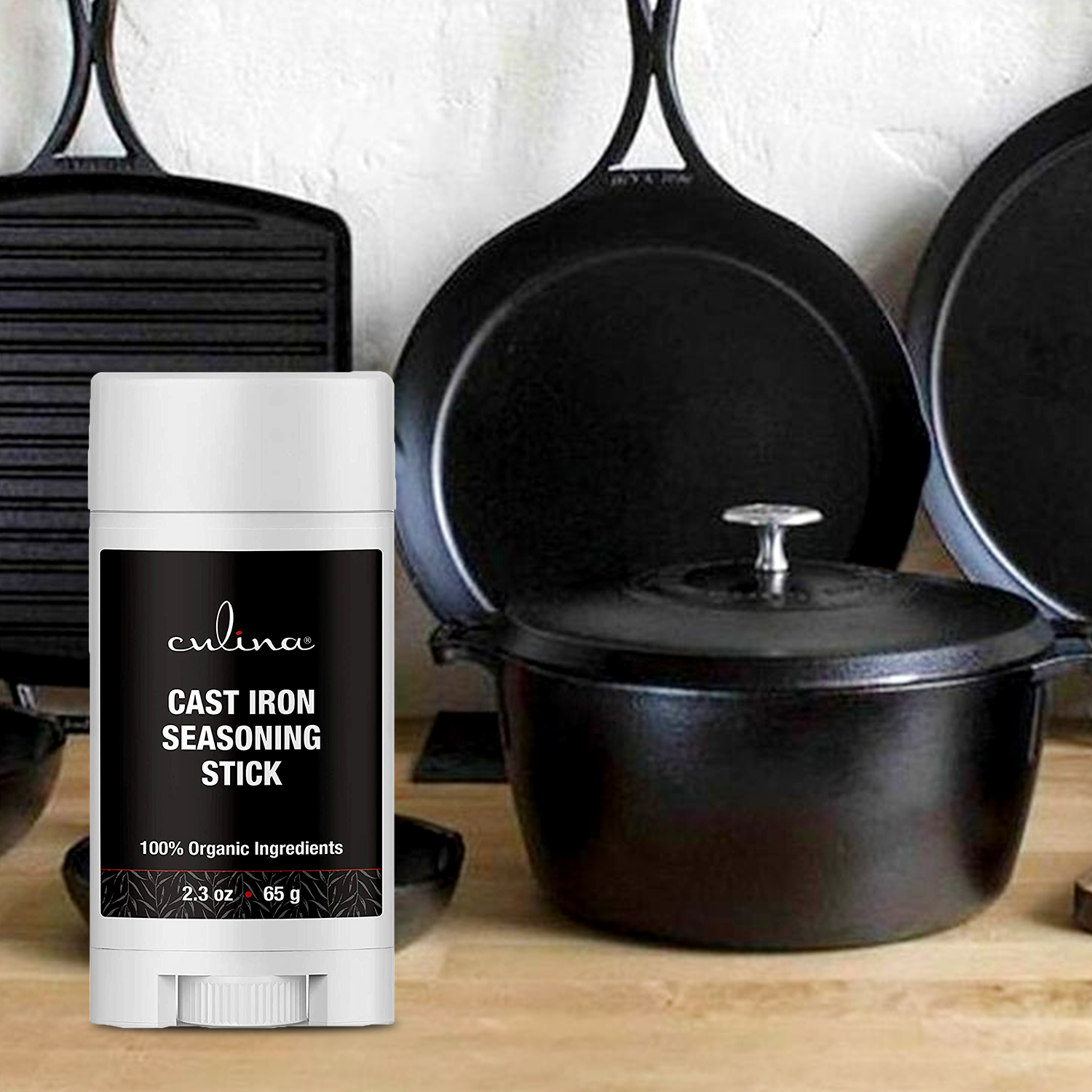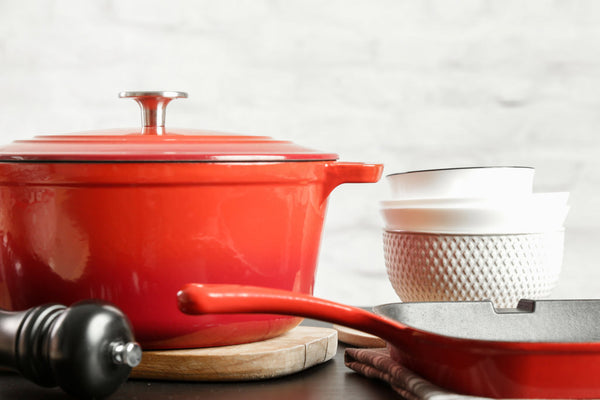Sourdough bread has been captivating bakers for generations. Traditionally, sourdough is baked in a Dutch oven to create the ideal crust and texture. However, not everyone has this tool in their kitchen arsenal. So, the question arises: How long to bake sourdough without a Dutch oven? This article aims to give a comprehensive, detailed answer to this query while exploring ways to achieve optimal results.

Why Traditional Sourdough is Baked in a Dutch Oven
Typically, baking sourdough in a Dutch oven helps to retain moisture and achieve a beautiful crust. The enclosed environment mimics the effect of a steam injection oven, creating perfect conditions for the dough to rise. But do you really need a Dutch oven to create delicious sourdough bread? The answer is no. There are plenty of alternatives and methods to bake sourdough without a Dutch oven.
Alternative Methods to Bake Sourdough
Several other methods can provide similar baking outcomes without requiring a Dutch oven. Here are some popular alternatives:
- Pizza Stone: Preheated in the oven, it can help achieve an excellent crust.
- Baking Sheet: While not as optimal, it’s a viable option.
- Cast Iron Skillet: Offers uniform heat distribution.
- Ceramic Bread Cloche: Mimics the steam environment of a Dutch oven.

Baking Sourdough with a Pizza Stone
Baking sourdough with a pizza stone is one of the most effective alternatives. Here’s why:
The pizza stone retains heat and distributes it evenly, which aids in achieving that desired crust. Here are the steps to bake sourdough with a pizza stone:
- Preheat your oven to 475F (245C) with the pizza stone inside.
- Place a baking tray or a cast-iron skillet on the bottom rack to create steam.
- Carefully transfer your shaped dough onto a piece of parchment paper.
- Once the oven is preheated, slide the dough onto the pizza stone.
- Add a cup of hot water to the tray or skillet to create steam.
- Bake for 20-25 minutes.
- After the initial baking time, remove the steam source and continue baking for another 20-25 minutes.
How to Modify Baking Time Without a Dutch Oven
One crucial question remains how long to bake sourdough no Dutch oven? Typically, the baking time may vary from the conventional methods but should still result in quality bread.
When baking without a Dutch oven, closely monitor the crust’s color and the bread’s internal temperature. Here’s a timeline to follow:
- First 20-30 minutes: Aim to develop the crust. The crust should be golden brown.
- Next 20-30 minutes: Continue baking until the internal temperature reaches 200F (93C). Use a food thermometer to ensure accuracy. Visit Serious Eats for detailed guidance.

Ensuring Perfect Crust and Texture
Without a Dutch oven, achieving the perfect sourdough crust can be challenging but not impossible. Here are some tips:
- Steam: Creating steam in the oven is essential for crust development. You can use a pan with hot water or ice cubes.
- Temperature: Preheating the oven to a high temperature (at least 475F) before placing the dough inside.
- Timing: Be vigilant about the baking time and adjust accordingly to avoid under or overbaking.
Using a Baking Sheet for Sourdough
A baking sheet might not offer the same results as a pizza stone or cast iron, but it’s a feasible alternative.
Preheat the oven to 475F and place a tray on the bottom rack for steam. Place your dough in the center of the baking sheet and follow these steps:
- Add hot water to the tray to create steam.
- Bake for 25-30 minutes until the crust turns golden brown.
- Reduce temperature to 400F and bake for another 20-25 minutes.
Techniques for Yielding Better Crust
Achieving an ideal crust when baking sourdough without a Dutch oven revolves around moisture, heat, and timing. Here are some expert tips:
- Always preheat your oven thoroughly.
- Use a spraying bottle to mist the oven’s interior to create additional steam.
- Ensure your dough is well-hydrated before baking.
The Role of Hydration in Sourdough
Maintaining proper hydration in the dough is critical. A higher hydration level can help achieve a lighter, more open crumb structure:
- 60-75% Hydration: Suitable hydration for sourdough. A higher percentage might be trickier to handle but offers better results.
Ensure to keep the dough moist but not sticky. This balance will help achieve the perfect structure and texture.
Monitoring Progress While Baking
Keeping an eye on your sourdough during baking will aid significantly in achieving the desired outcome. Heres how:
- Check the color of the crust. The ideal crust is a deep golden brown.
- Utilize a food thermometer. The internal temperature of sourdough should be around 200F when done.
Cooling and Storing Sourdough
Once your sourdough is baked to perfection, cooling and storing it properly is essential to maintain its freshness.
- Cooling: Allow your sourdough to cool on a wire rack for at least an hour before slicing.
- Storage: Store sourdough in a linen bread bag or wrapped in a kitchen towel to keep it fresh.
Avoiding Common Mistakes
Baking sourdough without a Dutch oven can present a few challenges. Here are common mistakes to avoid:
- Not Preheating the Oven: Ensure the oven is hot enough before placing the dough inside.
- Ignoring Hydration: Make sure your dough maintains the right moisture level throughout the baking process.
Other Equipment Alternatives
If you dont have a Dutch oven, other kitchen tools can also do the job. Consider these useful alternatives:
- Cast Iron Skillet: Provides an even heat distribution similar to a Dutch oven.
- Ceramic or Glass Baking Dish: Can trap some steam but ensure its preheated properly.
- Pressure Cookers: Some have baking capabilities that might work.
Using Cast Iron for Baking
Utilizing a cast iron skillet or pan can be a viable alternative to a Dutch oven. Follow these steps:
- Preheat the oven to 475F with your cast iron inside.
- Transfer your dough carefully once preheated.
- Use additional steam pans if necessary.
- Bake for 45-50 minutes or until done.
Cast iron provides an excellent heat retention and delivers uniform baking results.
FAQs on Baking Sourdough Without a Dutch Oven
Can I bake sourdough in a regular oven?
Yes, you can. Using methods like pizza stones or cast iron can help achieve similar results.
Why is steam important in baking sourdough?
Steam is crucial for developing a good crust as it keeps the dough moist and aids in the Maillard reaction responsible for browning.
How do I store sourdough after baking?
Let the sourdough cool completely on a wire rack and store it in a linen bag or wrapped in a kitchen towel to keep it fresh.
As an Amazon Associate, I earn from qualifying purchases.
For more insightful details, visit this blogpost from Le Creuset.

